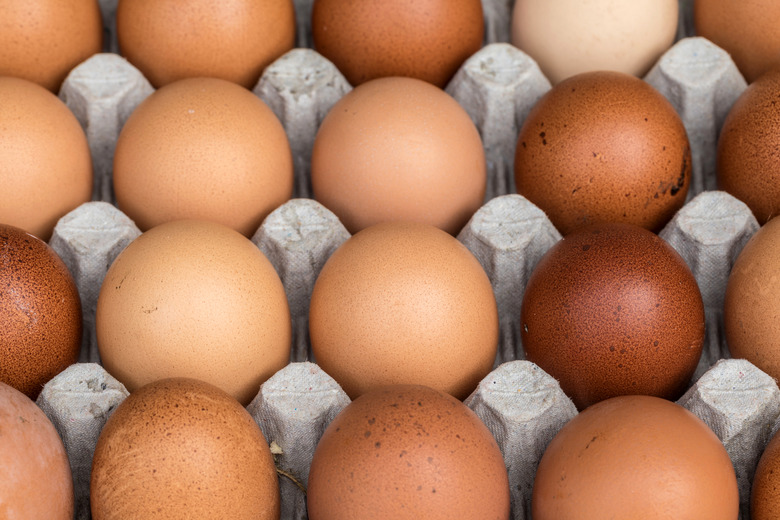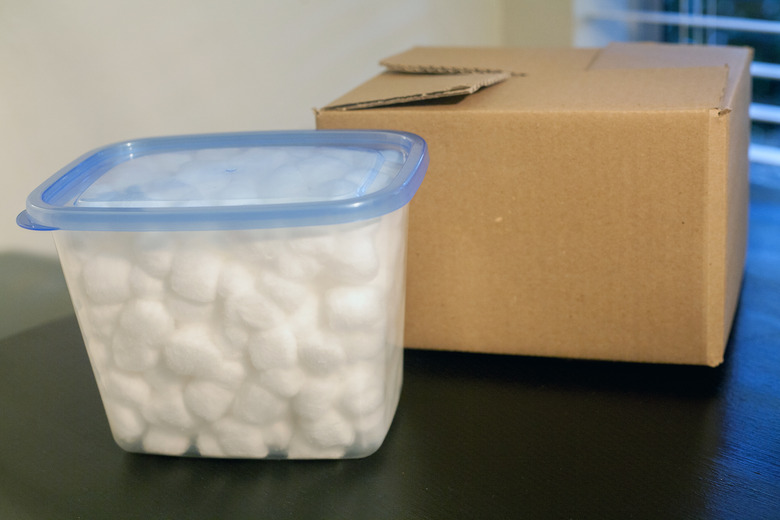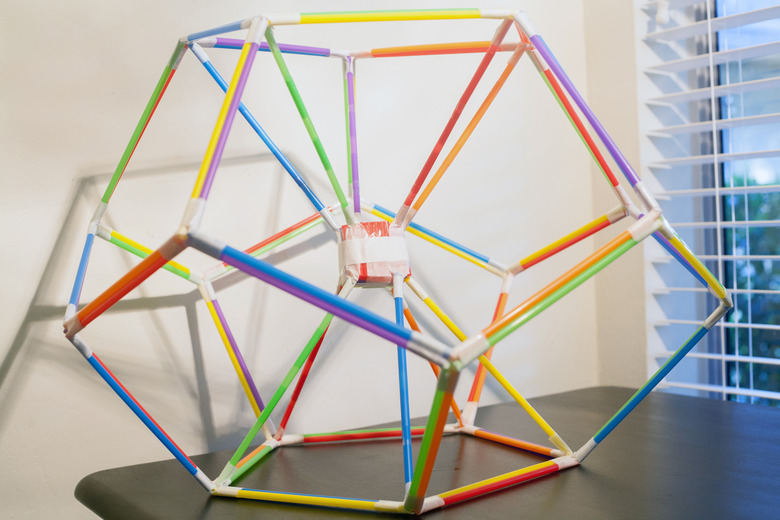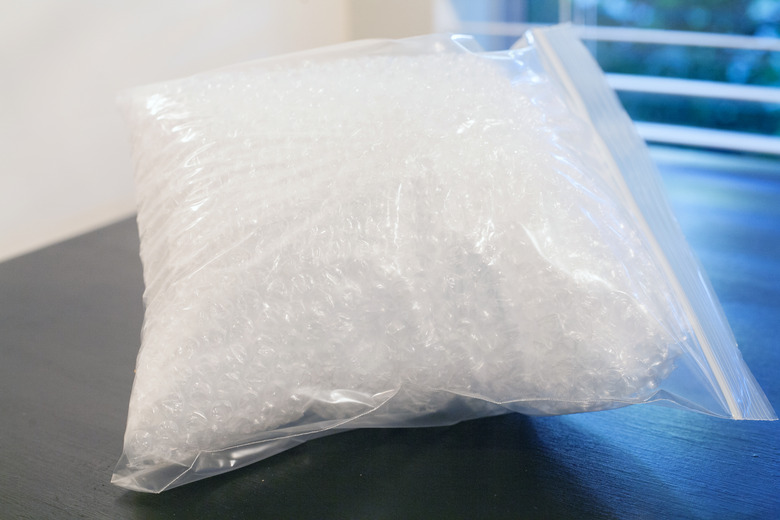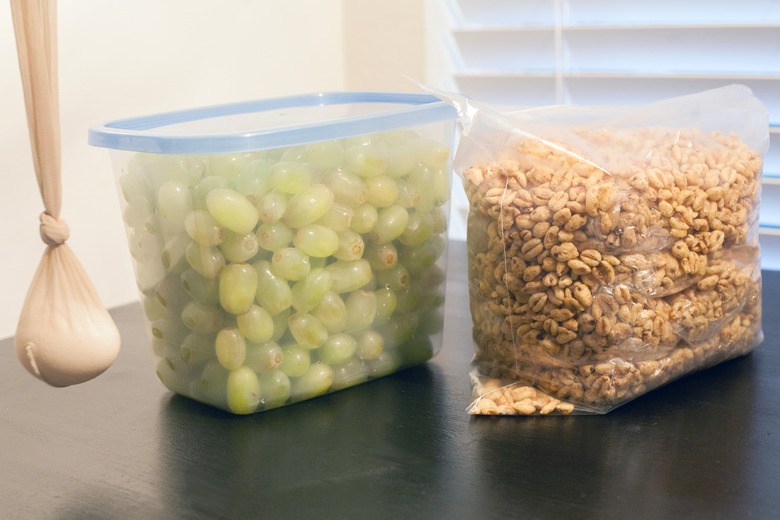Successful Egg Drop Ideas
Egg drop projects teach students to use logic and teamwork to protect their eggs from a fall. There are a variety of ways to conduct an egg drop. Begin by explaining the process and handing out eggs to the students. Set the parameters of your egg drop and a deadline when your students must be ready to drop their eggs or go bust.
Container Designs
Container Designs
Many successful egg drop designs use sturdy containers to protect the contents from the initial shock of the drop. These hard containers may be plastic food containers or cardboard boxes. But the hard container alone is not enough to protect the egg completely. The container needs padding inside. Styrofoam, sponges, cotton balls, bubble wrap or even wadded newspaper can all make good padding inside the container. Give your students time to practice with a variety of materials before dropping their eggs.
Straw Designs
Straw Designs
Straws have firm walls around an empty space. The firm walls act like the sturdy container, while the empty space provides shock absorption for the egg. Build a shape around the egg with the straws. Hold the straws in place with tape. Add padding between the straws and the egg. Another way to use straws is to design a framework that suspends the egg during the drop. The frame absorbs the shock, preventing the egg from coming in contact with the surface.
Plastic Bag Designs
Plastic Bag Designs
A hard shell is not the only way to protect an egg during an egg drop. Plastic bags are less of a shell, but they provide a structure to hold padding material around the egg. Add padding such as foam, bubble wrap or packing peanuts between the egg and the side of a small plastic bag. Place the small bag into a medium-sized bag and add more padding around the small bag. Place both bags into a large plastic bag with additional padding around the medium bag.
Alternative Designs
Alternative Designs
Try limiting your class to specific groups of materials such as ensuring that all padding is edible. Try using cereals such as puffed rice or wheat as padding. Fruit is another option. Use grapes, cherry tomatoes or orange wedges between the egg and the side of the box or container. The fluid-filled cells work in a similar way to the air-filled bladders of bubble wrap. Consider that the egg must drop but is not required to hit the ground. Insert the egg into panty hose or attach an egg-protecting container to a bungee cord to prevent the egg from hitting the ground. Suspend your egg from a helium-filled balloon or build a glider to deliver your egg to the ground.
References
Cite This Article
MLA
Braeuner, Shellie. "Successful Egg Drop Ideas" sciencing.com, https://www.sciencing.com/successful-egg-drop-ideas-8424463/. 27 April 2018.
APA
Braeuner, Shellie. (2018, April 27). Successful Egg Drop Ideas. sciencing.com. Retrieved from https://www.sciencing.com/successful-egg-drop-ideas-8424463/
Chicago
Braeuner, Shellie. Successful Egg Drop Ideas last modified August 30, 2022. https://www.sciencing.com/successful-egg-drop-ideas-8424463/
